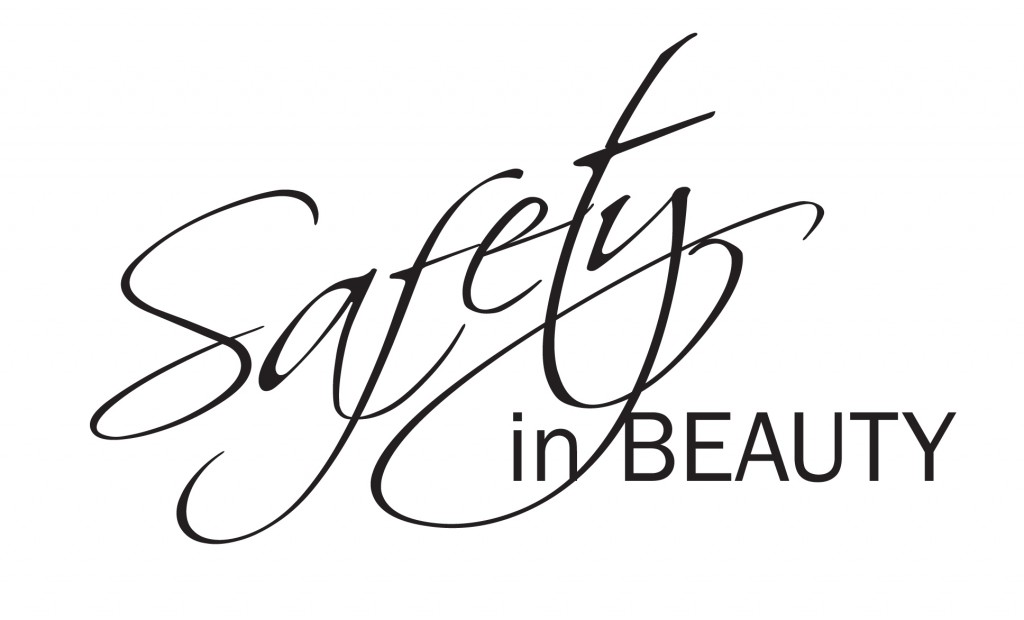
International News: Morphe Cosmetics is currently on the receiving end of a proposed class action lawsuit.
The lawsuit alleges that the super brand knowingly engaged in false advertising, unfair competition, negligence, and product liability in connection with the manufacture and sale of makeup that is “inherently dangerous.”
Filed in California federal court last month, by Crystal Damato, Amanda Montgomery, and Taylor Maxwell (the “plaintiffs”) claim that Morphe is offering up eye makeup products that “contain color additives and ingredients that are dangerous when used on the immediate eye area,” and at the same time, failing to alert consumers – including children – about the risks of such known dangers.
In their 52-page complaint, Damato, Montgomery, and Maxwell allege that they used Morphe eye makeup – including its eyeshadow palettes, eyeliners, and Colorfix 24-hour Cream Color – as instructed and encouraged by the popular beauty brand and “suffered physical injuries as a result.” Specifically, they claim that these products contain an array of color additives, such as FD&C Red No. 4, D&C Red No. 6, and D&C Violet No. 2, among many others, which have been designated by the U.S. Food and Drug Administration as “unsuitable and unapproved for cosmetic use in the eye area.” (“Both the FDA and California Health & Safety Code tightly regulate color additives for use in cosmetic products,” the plaintiffs assert.)
The plaintiffs contend that the 14-year-old beauty brand is running afoul of the law by representing that its eye makeup products “are safe for use in the eye area,” and labeling and packaging the products in a way that is “false and/or misleading,” namely, by “omitting material facts about the safety of the products.” Primarily, they claim that Morphe – which gained widespread popularity thanks to its eyeshadow palettes and collaborations with YouTube mega-stars like Jeffree Star and James Charles – does not warn consumers that the products are “not safe for [their] intended use or that the products contain harmful ingredients.” It also does not alert consumers of “the known dangers and risks associated with the harmful ingredients,” per the complaint.
Los Angeles-based Morphe’s “advertising, marketing, packaging, and all other forms of communication, including [its] website, each fail to provide any warning whatsoever regarding the known dangers associated with the intended use of the products,” according to the plaintiffs, who assert that Morphe’s website merely includes “vague language and inconsistent statements such as ‘*Caution: Pressed pigments not intended for use in eye area.’” As a matter of law, the plaintiffs argue that this language – which is buried in lengthy lists of ingredients, “is not a safety warning because it does not: (1) assist the consumer in understanding the danger; and (2) it is not conveyed in a manner that a reasonable person would see, receive, and understand.” Such disclaimers are “unlikely to reach consumers at all because they are located in the least prominent location of Morphe’s website rather than in a conspicuous location such as the individual Products’ landing pages and/or description pages,” and in fact, the plaintiffs argue that “consumers can navigate through the entire purchasing process online at Morphe.com without ever encountering [its] hidden disclaimer.”
Similarly, the products’ packaging “fails to provide any warning regarding the known dangers associated with the intended use of the products,” as indications, such as “a tiny symbol of an eye with a line though it, fail in every aspect to warn consumers of the known hazards associated with using the products for their intended use.” Despite (allegedly) knowing that its eye makeup products are not safe for their intended use (i.e., cosmetic application to the eye area).
Damato, Montgomery, and Maxwell assert in their lawsuit that Morphe not only encouraged the use of the products for the eye area but actively attempted to work around federal regulations by using “deceptive and misleading language, such as ‘artistry palette’ or ‘pressed pigments,’” as opposed to “eyeshadow.”
The problem, according to the plaitniffs, however, is that “pressed pigments are indistinguishable from eyeshadow, [and] the only reasonable and foreseeable use for [Morphe’s] pressed pigments is as eyeshadow to be used for cosmetic application around the eye area.” Morphe’s “use of these euphemisms allow [it] to sell the products alongside its other eyeshadows even though the products contain harmful ingredients and are unlawful to sell for cosmetic use in the eye area,” they argue, and the brand “knows, or should have known, that [they] and [other] consumers are likely to be misled by the phrase ‘pressed pigment’ because the products are packaged, marketed, and sold as eye shadows; there is no generally understood meaning of the phrase pressed pigment; [its] website does not explain how pressed pigments differ from eyeshadow; and [its] promotional images, tutorials, and other advertising materials instruct and encourage ‘pressed pigments’ to be used for cosmetic application in the eye area.”
Damato, Montgomery, and Maxwell contend that they along with other consumers “were under the reasonable belief that Morphe Eye Makeup was safe for its intended use, cosmetic application to the eye area,” and thus, suffered damages as a result.
With the foregoing in mind, the plaintiffs set out claims of breach of implied warranties, false advertising, unfair competition, negligence, strict products liability, and unjust enrichment, among others, and are seeking damages that exceed $5 million, injunctive relief, and certification of their class action to enable as many as “tens of thousands of [other] people” who have been damaged by Morphe to join pool of plaintiffs. A representative for Morphe was not immediately available to comment on the lawsuit.
Source: www.classaction.org
